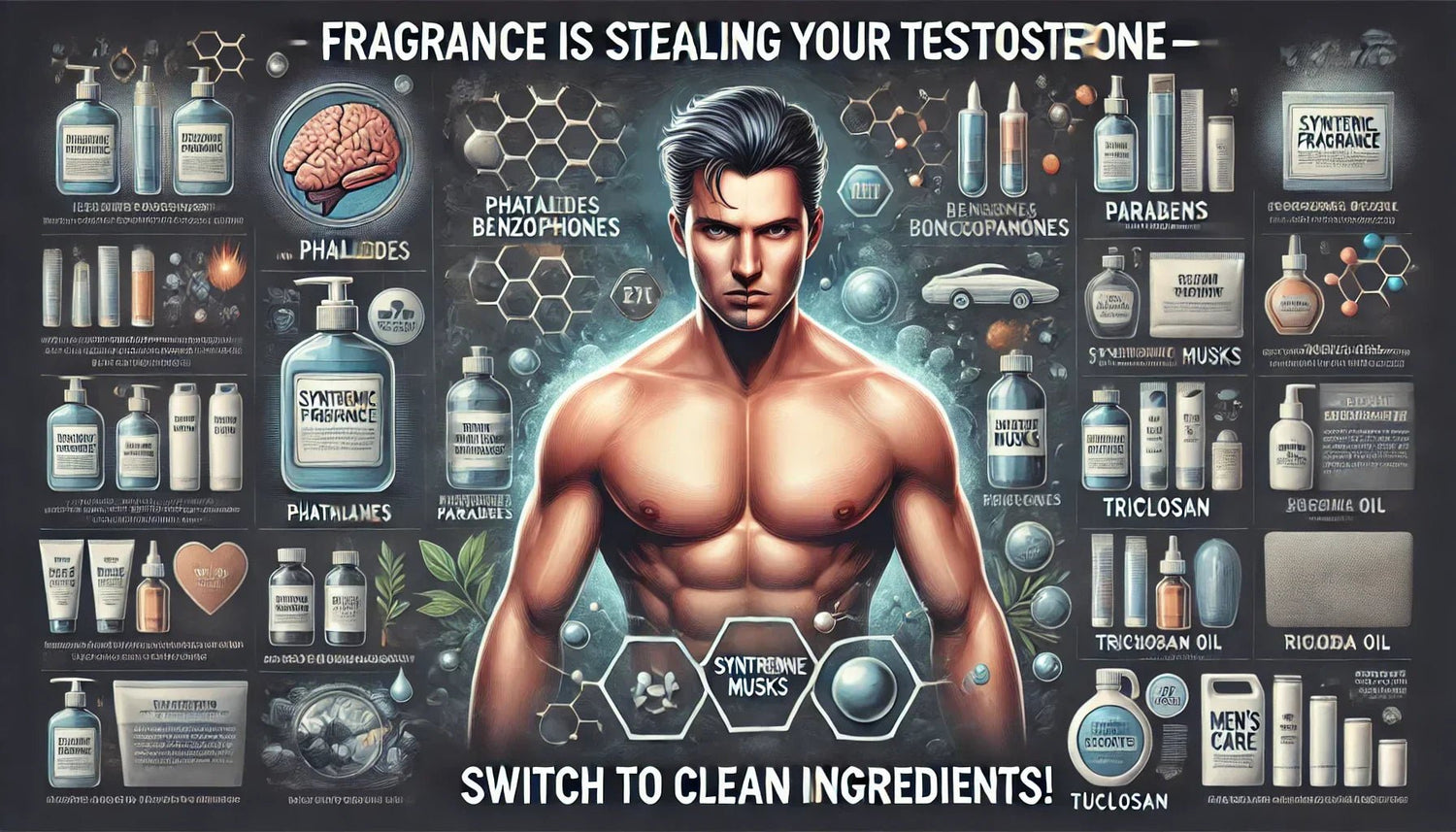Not All "Clean" Brands Are What They Seem
Every year, we uncover more about the ingredients hidden in our personal care products—and the truth isn’t always pretty. Some brands claim to be “clean” or “natural,” but when you look closely at their ingredient lists, you find they don’t live up to the hype.
Here are four brands to avoid in 2025 and the ingredients they use that you’ll want to steer clear of:
1. Dr. Squatch
Problem: Fragrance
“Natural” doesn’t always mean safe. Dr. Squatch uses “fragrance” in their products, a catch-all term that can hide hundreds of synthetic chemicals, including endocrine disruptors. When a brand doesn’t fully disclose what’s inside, it’s a red flag.
2. Native
Problem: Fragrance
Native markets itself as clean, but their products still rely on undisclosed fragrance blends. These often include phthalates, which are linked to hormone disruption and other health issues. Transparency matters, and Native falls short.
3. Particle for Men
Problems:
- Phenoxyethanol: A synthetic preservative that can cause skin irritation and may affect the nervous system.
- DMDM Hydantoin: A preservative that releases formaldehyde, a known carcinogen. Yes, it’s as bad as it sounds—this ingredient has no place in personal care products marketed as clean or safe.
4. Kiehl’s
Problems:
- Red 4: A synthetic dye linked to skin sensitivities and is suspected to be carcinogenic.
- POLYPERFLUOROMETHYLISOPROPYL ETHER: A PFAS chemical, also known as a “forever chemical” because it doesn’t break down in the environment. PFAS are tied to hormone disruption and reproductive issues.
- Phenoxyethanol: This preservative strikes again. It’s common in many brands that market themselves as premium, but that doesn’t make it safe.
What Can You Trust?
Here’s the truth: just because a brand claims to be clean or natural doesn’t mean it is. At HygieneLab, transparency isn’t just a buzzword—it’s a promise. Every ingredient we use is carefully chosen to enhance your health, not harm it. We steer clear of fragrance, formaldehyde-releasing preservatives, synthetic dyes, and harmful PFAS chemicals.
If you’re ready to start 2025 with personal care products that truly deliver on their promises, we’ve got you covered.





